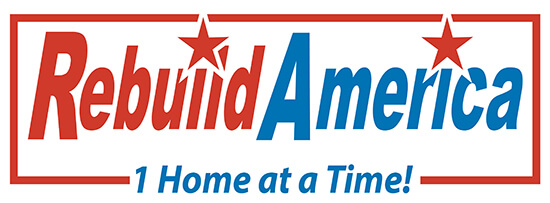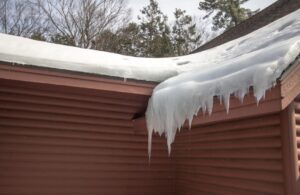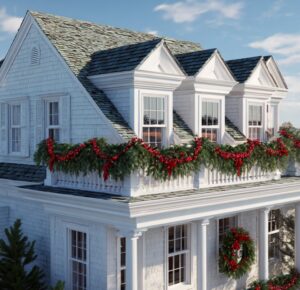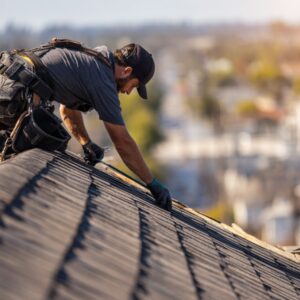If you’ve lived on Long Island through even one winter, you know exactly what we mean when we say: your roof takes a beating.
The wind howls, the leaves pile up, the temperature drops, and suddenly that old roof you’ve been putting off replacing starts looking… questionable. Maybe this is the year you finally get serious about it?
If you’re wondering what the best roofing material is to handle Long Island’s seasonal chaos — and you want honest advice from a roofing company in Long Island that’s seen it all — this post is for you.
Here’s what you’ll learn:
- What makes a roofing material actually good for fall and winter
- Which materials we trust (and install) on homes across Long Island
- How budget, performance, and warranties really play into your decision
- What sets Rebuild America apart — and why that matters when it’s freezing and windy out
Want to skip the research and just talk to someone who knows your neighborhood? Rebuild America: Roofing, Windows, and Remodeling can help.
Why Long Island Weather Demands a Smarter Roof
Let’s not sugarcoat it: Long Island weather is unpredictable — and brutal on the wrong roofing system.
Between Nor’easters, coastal wind gusts that hit 60 mph, salt air that eats away at cheap materials, and that freeze-thaw cycle that never seems to end, your roof has one job: hold up. If it can’t do that, you’re going to feel it — either in the attic, your utility bills, or your bank account.
That’s why choosing the right material matters. Not just what looks good on paper, but what’s going to hold up season after season in the real world.
Before You Choose a Roof: Here’s What Actually Matters
We get this question a lot: “What’s the best roof for my home?”
And our answer is always: “It depends.” Here’s why.
Your Budget
On Long Island, the cost of a full roof replacement typically falls somewhere between $12,000 and $60,000. Asphalt is your budget-friendly option. Slate or metal? Premium investments — and worth the cost in the right scenario.
Your Timing
Fall is ideal. Once temps drop below 40°F, some materials (like asphalt) won’t seal properly. We plan your install to hit the sweet spot — before the frost but after the summer rush.
Your Structure
Not every house can handle every roof. Natural slate is heavy. We’ll assess your home’s frame before making a recommendation.
Your Warranty Expectations
We don’t do guesswork. Every GAF system we install comes with a Lifetime Material Warranty and a 25-year Golden Pledge Workmanship Warranty. That’s real protection — not just sales talk.
The Roofing Materials That Actually Work for Fall and Winter in Long Island
Let’s walk through your top options. This isn’t theory — it’s based on decades of hands-on installs in towns just like yours.
1. Architectural Asphalt Shingles
(GAF Timberline HDZ)
What they are: Modern, high-performance shingles that look sharp and go the distance.
Why we like them: Wind resistance, algae resistance, strong seals — all without breaking the bank.
Who they’re for: Most homeowners. Especially if your roof is 15+ years old and you want reliability without the luxury price tag.
Cost range: $12,500–$16,000
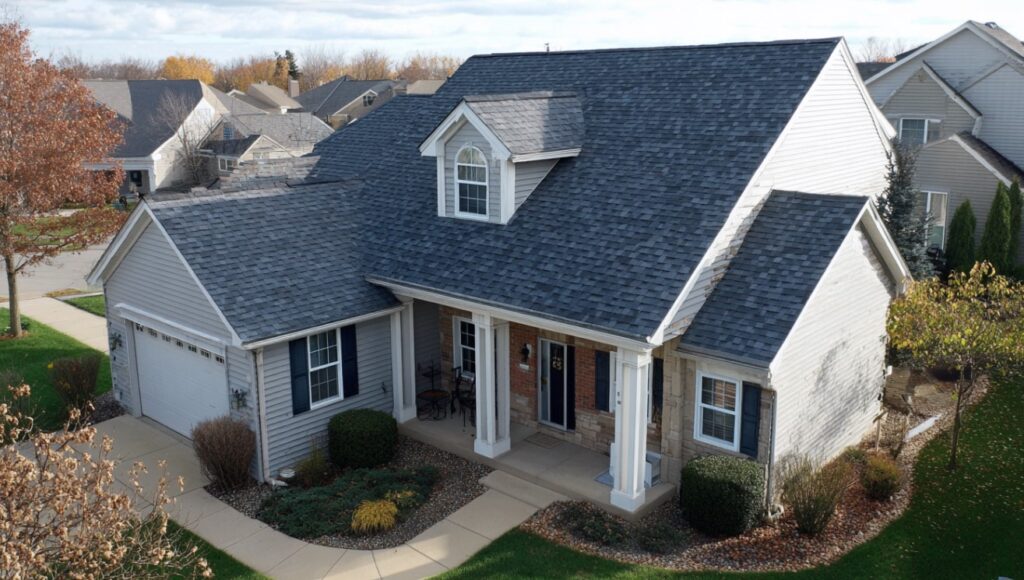
2. Standing Seam Metal Roofing
What it is: Interlocking metal panels that are basically snow- and ice-proof.
Why we like it: Snow slides right off. No shingles to crack. No maintenance headaches. Plus, it’s energy-efficient.
Who it’s for: Long-term homeowners who don’t want to deal with another roof for 50 years.
Cost range: $30,000–$50,000
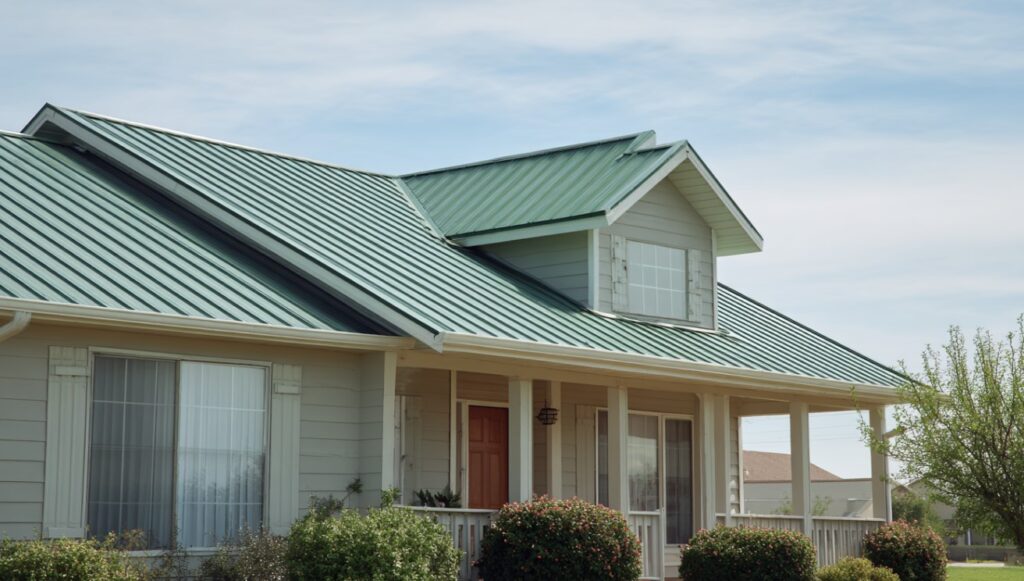
3. Synthetic Slate (DaVinci or EcoStar)
What it is: Lightweight, engineered shingles that mimic slate without the weight or fragility.
Why we like it: Luxury look, half the hassle. Super strong in cold weather.
Who it’s for: Homeowners who want high-end style without the downsides of real slate.
Cost range: $39,600 and up
4. Cedar Shakes or Shingles
What they are: Classic wooden shingles that add serious character to older homes.
Why we like them: Natural insulation, timeless appearance — but they do require maintenance.
Who they’re for: Architectural or historic homes where aesthetics matter.
Cost range: $50,000 and up
5. Low-Slope Roofing (GAF Liberty System)
What it is: A specialty membrane system for flat or low-pitch roofs (think dormers, porticos, or rear additions).
Why we like it: Keeps water out where shingles would fail. Great for smaller sections.
Who it’s for: Homes with mixed roof styles or flat spots.
Cost range: Varies based on scope
Cold-Weather Roofing Mistakes We See (and Fix)
We’ve seen a lot of winter roofing failures — and almost all of them boil down to poor planning or worse installation.
Here are the big ones:
- Bad ventilation that leads to attic mold
- Improper flashing around chimneys or valleys
- Cheap underlayment skipped to cut corners
- Ice dams caused by poor sealing or insulation
At Rebuild America, we don’t play that game. Our systems are complete, our installers are factory-trained, and our warranty coverage is industry-best. When you call us, you get the job done right — the first time.
Quick Recap: Pros and Cons by Roofing Type
| Roofing Type | Pros | Cons |
| Asphalt Shingles | Affordable, fast, proven | Shorter lifespan |
| Metal Roofing | Long-lasting, snow-resistant | Higher upfront cost |
| Synthetic Slate | Luxury look, lightweight, durable | Premium pricing |
| Cedar Roofing | Natural insulation, beautiful | Needs upkeep, ventilation |
| Low-Slope Systems | Reliable waterproofing | Limited to small areas |
FAQs About Roofing Materials for Long Island Homes
What roofing material handles winter best on Long Island?
The roofing materials that handle winter best on Long Island are architectural asphalt shingles and standing seam metal roofing. These options are known for their ability to resist high winds, snow buildup, and freezing temperatures—making them ideal choices for homes in our region.
Can we install a roof during colder months?
Yes, you can install a roof during colder months on Long Island—as long as temperatures stay above 40°F. This is important because materials like asphalt shingles require a certain temperature range to seal and adhere properly. At Rebuild America, we schedule installations based on reliable weather windows to avoid performance issues.
How long does a typical roof replacement take?
A typical roof replacement on Long Island takes between one and two days for most residential homes. The timeline may extend slightly for larger properties or specialty materials like cedar or synthetic slate.
Will a new roof help reduce my energy bills in the winter?
Yes, a new roof can help reduce your winter energy bills—especially if it includes proper insulation and ventilation. Materials like metal and synthetic systems are particularly effective at retaining heat and preventing ice dams, which leads to more efficient heating performance.
Does Rebuild America handle permits and inspections?
Rebuild America: Roofing, Windows, and Remodeling handles all permits and inspections required for your roofing project. That includes township permits, HOA approvals, and any necessary compliance paperwork, so you can focus on your home—not the red tape.
Final Thoughts: Don’t Let Winter Catch You Off Guard
Look — your roof isn’t something you want to “wait and see” on.
The best roofing material for your home is the one that protects your family, fits your budget, and holds up in a Northeast winter. And that’s not a guess — it’s a decision you can make confidently when you’ve got the right team helping you weigh the options.
At Rebuild America: Roofing, Windows, and Remodeling, we’ve installed thousands of roofs across Nassau and Suffolk Counties. We’re GAF Master Elite certified, backed by the best warranties in the business, and we live right here — so we know what your home is up against.
Schedule your free inspection today and let’s make sure you’re set for fall, winter, and beyond.
